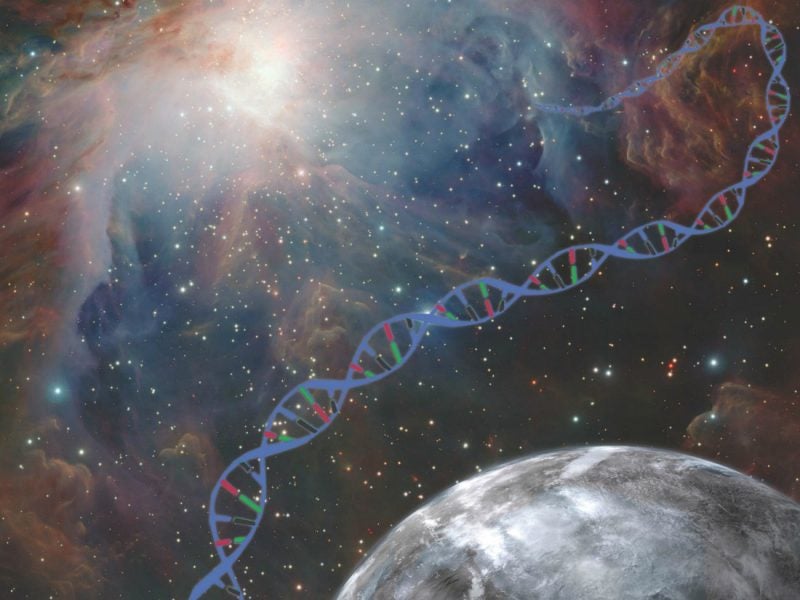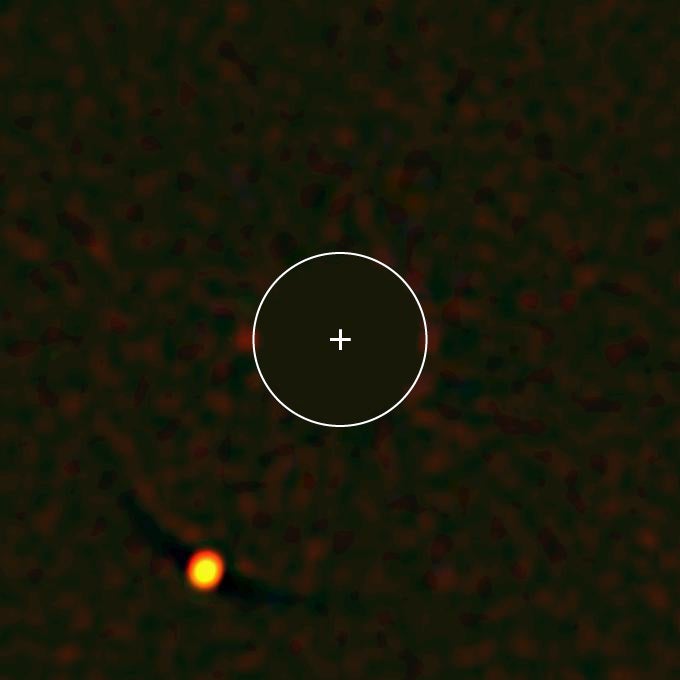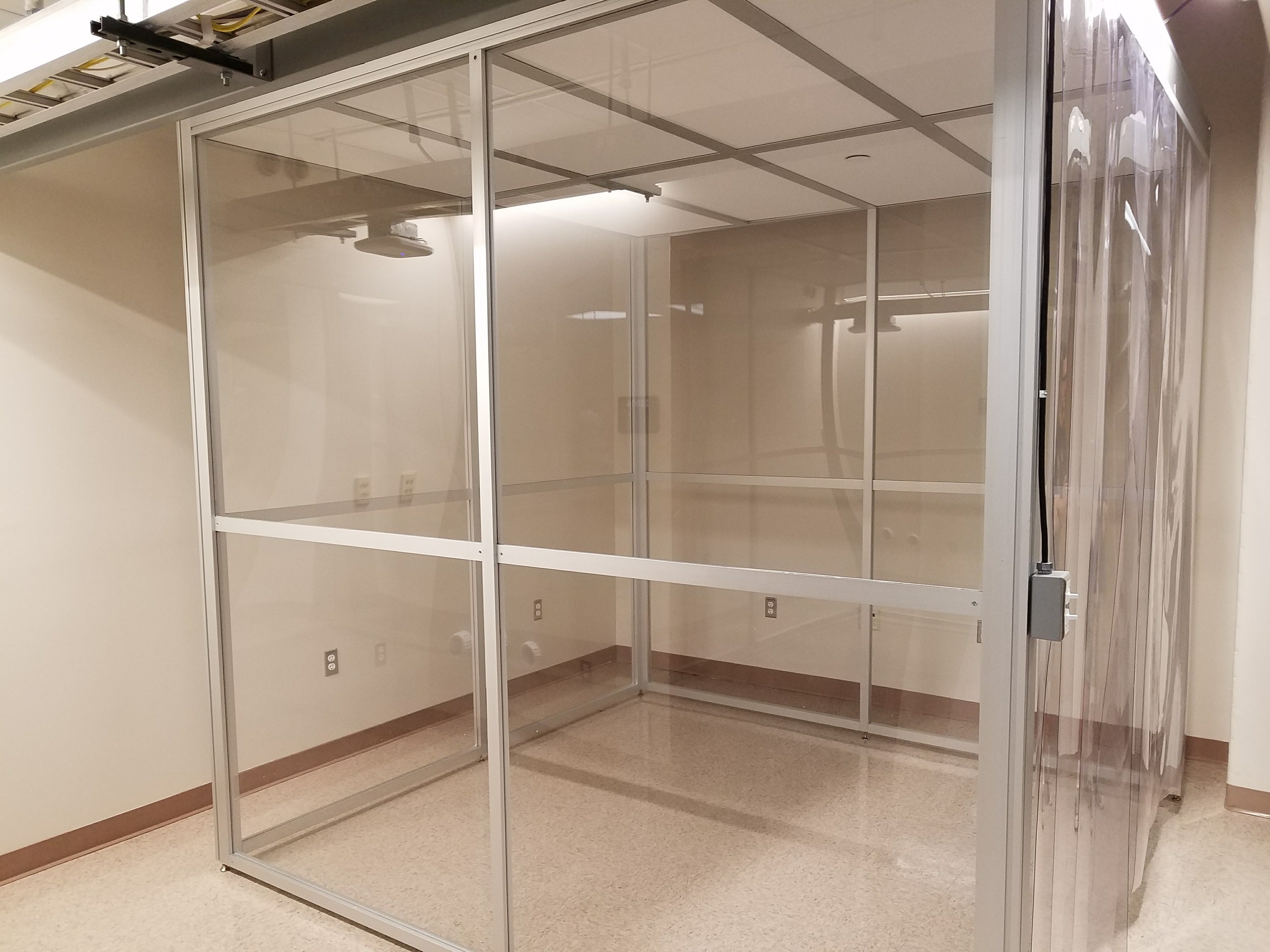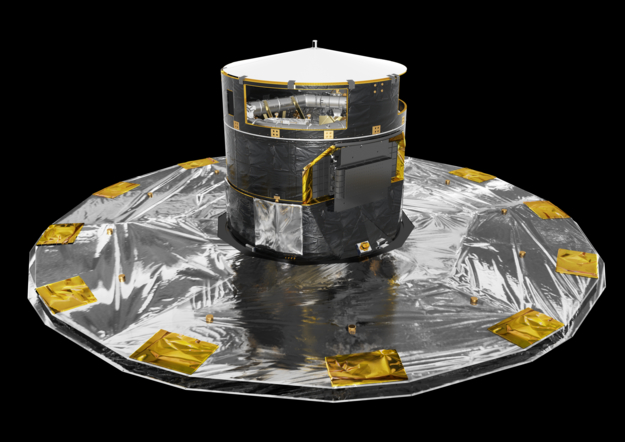Now is a great time to study exoplanets at the University of Michigan. We are looking to hire multiple postdoctoral scholars, to work with Professors Michael Meyer, John Monnier, and Emily Rauscher on various aspects of exoplanet research. Specifically, we are targeting the areas of:
- formation and evolution of planetary systems (Meyer, https://jobregister.aas.org/ad/93fdfa5f, deadline: Jan 4)
- imaging of planet-forming disks (Monnier, https://jobregister.aas.org/ad/27e4d7a9, deadline: Jan 15), and
- theoretical studies of exoplanet atmospheres (Rauscher, https://jobregister.aas.org/ad/393515bb, deadline: Dec 21).
The University of Michigan hosts a vibrant astrophysics research community within the Astronomy and Physics Departments, as well as significant expertise in planetary sciences within the Earth & Environmental Sciences and Climate & Space Sciences Departments. We are particularly strong in the interrelated study of stars, planets, and their formation (https://lsa.umich.edu/astro/research/stars-exoplanets.html). A postdoctoral researcher in our department can apply as PI to any of our telescope facility partnerships, currently including the Magellan Telescopes in Chile, the MDM Observatory in Arizona, the CHARA Interferometer, the SWIFT space telescope, and the NOEMA mm array. Significant computing resources are available through the Department and through the University of Michigan. The Michigan Institute for Research in Astrophysics funds cross-disciplinary efforts, including a series of intellectually stimulating conferences.
The University of Michigan is recognized as a top academic employer and Ann Arbor, Michigan is routinely celebrated for its high quality of life. We are a department that values diversity, equity, and inclusion as essential to scientific excellence (https://sites.google.com/umich.edu/astro-dei/home) and encourage applications from those with identities underrepresented in astronomy.
Please share this information with potentially interested persons, and do not hesitate to contact individual staff members conducting each individual search.
Sincerely,
Michael Meyer, John Monnier, and Emily Rauscher









